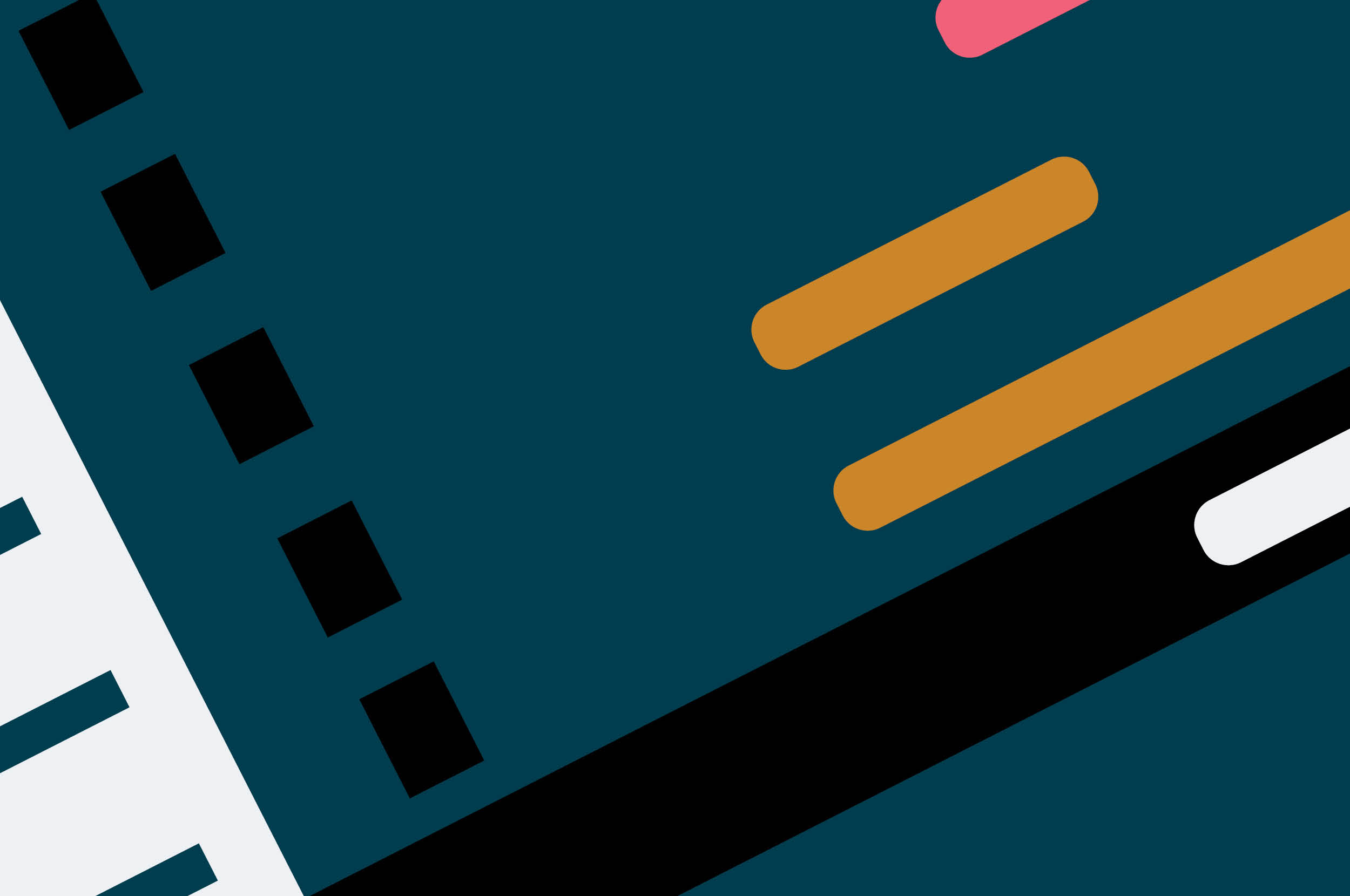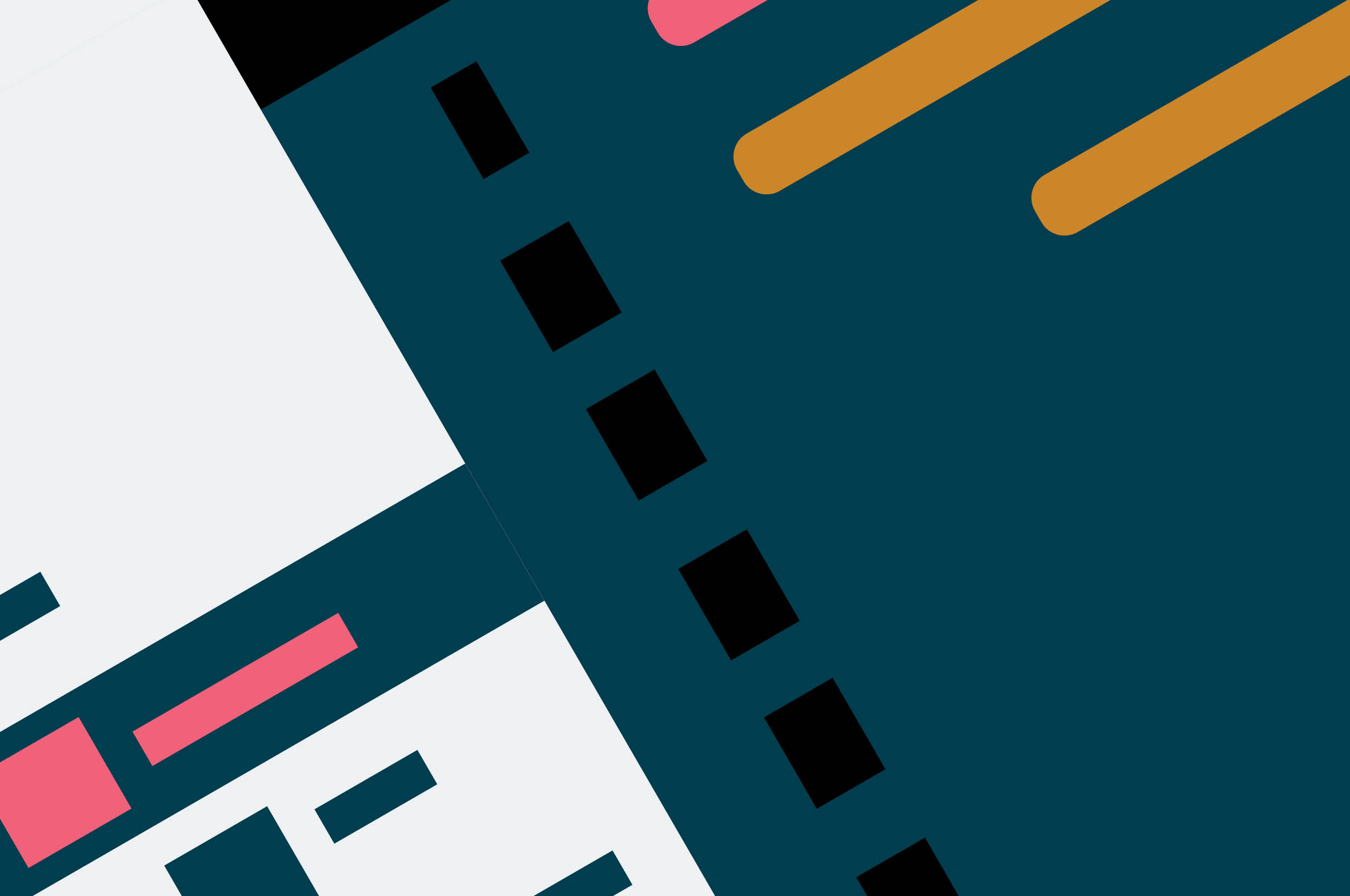Accessibility is your business
It’s been estimated that 15% (and rising) of the world’s population experience some form of disability, and the global spending power of disabled households has risen to almost $13 trillion per year. While accessibility is of course a moral issue, businesses that only consider it as an obligation, not an opportunity, are missing the real potential.
We might feel an ethical obligation in product management, design and software delivery, which requires extra effort and budget to enable people with disabilities to use products and services. But this limited view of accessibility completely misses the real potential of inclusivity.
Improving and opening up the product experience to everyone creates an even bigger opportunity to expand your customer base, increase your revenue and provide better experiences for all.
Inclusion around the edges
Matthew Johnston, Global Head of Disability Inclusion at Thoughtworks, knows better than most how isolating non-inclusive design can be.
Being born deaf has meant that Matthew regularly misses out on experiences that most people take for granted. He’s now driven to collaborate with tech companies to make the digital world more inclusive.
When Matthew spoke at our annual YConf in Australia, he explained that there are three different types of disability:
Permanent e.g. having one arm
Temporary e.g. having a recoverable arm injury; and
Situational e.g. a new parent using one arm to hold a baby.
And bringing it home, he reminded us, “We are all only temporarily not disabled… if you die of old age you’re very likely to be disabled…it’s just a fact.”
Taking action
Matthew went on to share some relatable challenges. In his first example, Matthew shared what happened when play was halted unexpectedly at a live cricket match at Lord’s Cricket Ground a few years ago.
A muffled announcement came over the loudspeakers and he looked to other spectators to help him understand what he had missed. It turned out that no one had understood the announcement: it was completely inaudible. The crowd was restless and confused.
Inspired, he later wrote to Lord’s to suggest they provide live announcement captions on the scoreboard for all future events. While it took some time, Lord’s made the change. This means that over the roar of the crowd, all sighted people can now get the same clear message, regardless of whether they can hear it or not.
Ever the committed citizen, Matthew was also enthusiastic about fulfilling his civic responsibility when summoned to jury duty in London. However, when he replied requesting a transcription service to follow the court proceedings, he was told one wasn’t available and, as a result, he wouldn’t be required.
For many, having a valid reason to avoid jury duty is a gift. But Matthew wasn’t offered a choice; in effect, he was being excluded from the judicial process because of his hearing impairment. This was just another example of the inequity that exists when accessible services aren’t provided.
With resolve, he wrote back with a range of options and services that the courts could use to enable him to be the first deaf person on an English jury. After months of pursuit with the courts, the judge eventually funded a live translation service and a tablet to enable Matthew (and others) to follow the proceedings captioned in real time.
The real benefits of this simple change were about to become obvious.
Very soon, the entire jury was regularly referring to the tablet when they wanted to check back on what they were hearing, improving the quality of their judgment.
Importantly, the courts had also significantly expanded the pool of eligible people available for jury service selection, addressing a perennial problem.
This is a great example of the ‘curb-cut effect’, a term referencing the small ramps in the gutters on street corners. These curb-cuts were originally designed for wheelchair users, but they benefit everyone, from people with prams and shopping trolleys or making deliveries, to those on bikes and scooters through to runners and people of all ages who just want to avoid tripping as they cross the road.
Everyone benefits from accessibility.
Tech can drive accessibility innovation
As a creative technologist, Matthew is deeply optimistic about the role of technology in improving the experience of people with disabilities, and he has first-hand experience. Recently, he had his first-ever phone conversation with his son in Hong Kong, made possible by live captions on the Google Pixel phone.
“It was actually a game changer for me, a life changer.”
He now makes captioned phone calls regularly to access vital basic services like telehealth, an essential tool to navigate the pandemic that would otherwise have been unmanageable. Many tech innovations originally designed for accessibility, like text-to-voice services and even SMS, are now ubiquitous. That’s because they make life so much easier than the alternatives.
Every time you say, “Hey Siri…” you’re navigating a device without touching it.
That’s an assistive technology born from the need for accessibility!
Inclusion and technology at Thoughtworks
Digital products and services can and should benefit everyone, and technology can enable faster connection and speedier transactions in our personal and work lives.
At Thoughtworks, we recognize the need to shift accessibility left earlier in our thinking to unlock the value of inclusive digital products and services for everyone, not just for people experiencing permanent disability.
We are active in our efforts to make a positive difference to disability inclusion by:
Supporting evolving design practice with regional and global accessibility forums
Continually evolving and delivering training for our people on accessibility across our organization
Making our content, internal apps, website and workplaces accessible and inclusive to all, captioning all of our events and continuing to improve inclusivity in hiring and onboarding
Membership in The Valuable 500 - a global collective of 500 of the world’s most influential global businesses for disability inclusion
Membership in Purple Space - a networking and professional development hub for disabled employees
If you have a passion for accessibility and inclusion in design, product and technology, or your business is tackling a digital accessibility challenge, we’d love to talk to you.
Disclaimer: The statements and opinions expressed in this article are those of the author(s) and do not necessarily reflect the positions of Thoughtworks.


















